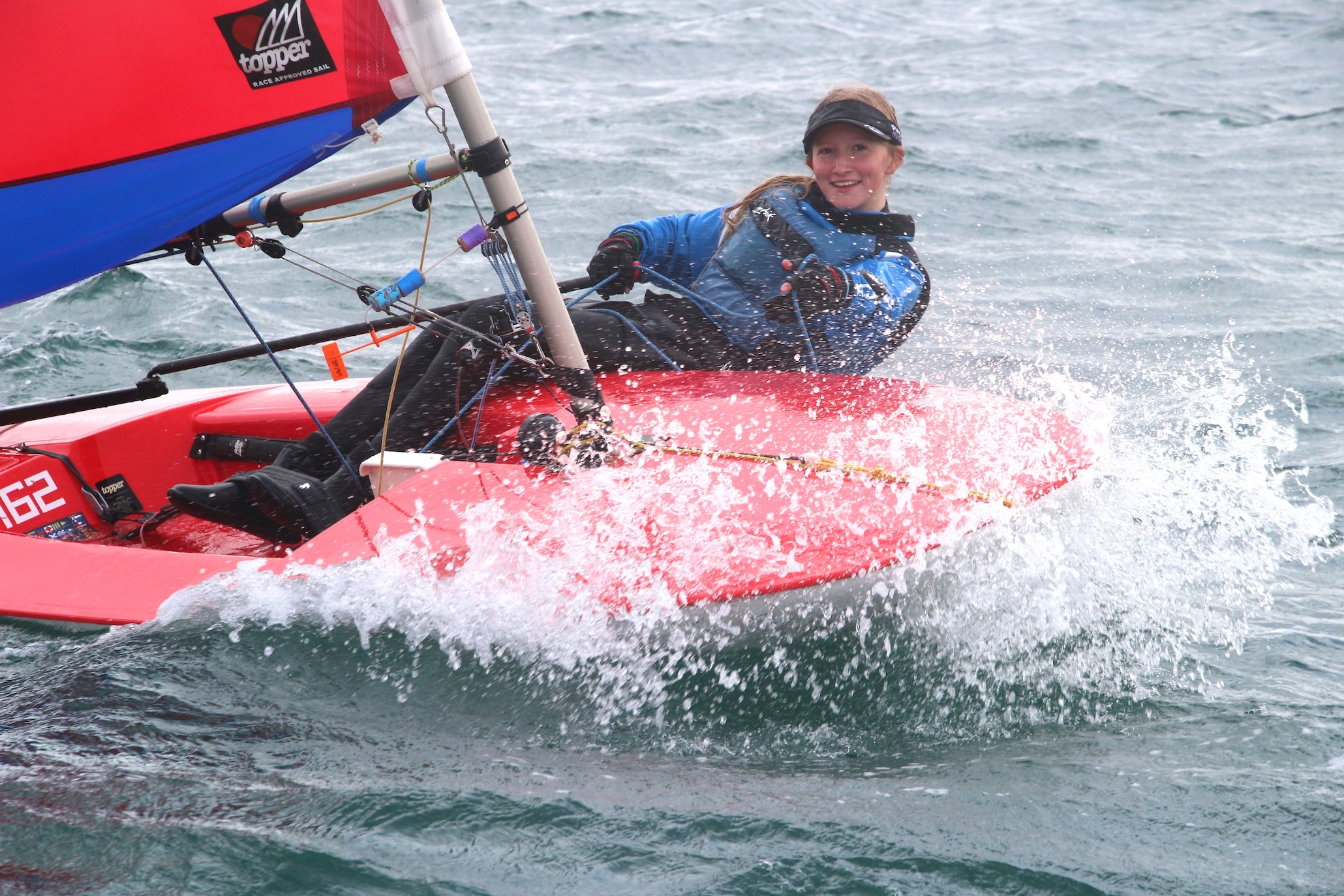
How traveling has made me more open and confident with hearing loss
May 14, 2018
Yanny or Laurel? Why we hear different words in this viral audio clip
May 17, 2018Engaging and fun speech activities we use at home for babies, toddlers and children

Speech activities for children with hearing loss don’t have to be a boring or frustrating experience. In fact, working on speech can be fun and connecting.
Developing speech and language skills at a young age is important. The need to have brain simulation helps lay the foundation for future language development. Ayden’s awesome speech pathologist, Amy Krischel, offered some insight on the importance of speech development.
“Maintaining speech production at an age-appropriate level is important for the academic load that begins as early as preschool,” says Amy. “Children with speech sound errors often have more difficulty learning letter names and their sound associations, which is an important precursor to reading success.”
As a parent, it is important to me that my children feel heard, listened to, and understood. Speech is one way they can express themselves as they connect with others around them.
With the support and leading of my children’s therapist, there are a number of strategies that we do daily to help develop their speech and language skills. I am by no means an expert when it comes to speech therapy, but I can share what has worked for our family.
Learning Strategies
From the moment we found out my son had hearing loss, we were surrounded by a team of people ready to support us. Early Intervention put us in touch with a developmental therapist, a speech therapists, and an awesome audiologist.
Read more: 4 Benefits of Speech Pathology for Children with Hearing Loss
Each of these experts in the field worked hard to equip my husband and me with lots of strategies to help develop my children’s listening and speech development. I do all I can to take their advice, learn the strategies, and try them out with my children. The more strategies I have available to me, the more confident I feel about incorporating them into our life at home in a way I know my children will respond to.
Play-Based strategies
Developing speech skills at home almost never happen out of the context of play. What we do for my budding toddler is different from my 5-year-old, but both engage in speech activities that are play –based. If you were to ever walk in on a therapy session with my children, you might wonder if it was therapy at all because of how much playing, connecting, and fun they are having. I know that isn’t everybody’s experience, but it has been a great one for us.
Using Technology
Full-time hearing aid use is my number one goal with both my children. The more words my children are exposed to, the more words they will learn and the easier it will be for them to speak them. Keeping hearing aids in an infant and toddler is not easy. We use clips and pilot hats to keep my daughters hearing aids on.
On top of hearing aid use, we use the Roger FM system at home. Ayden was three-years-old when the Roger was used in his preschool class. Immediately, we noticed the benefits using the Roger had on his speech development. With a lot of thought and consultation, we invested in one for home use. This was one of the best decisions we have made for our child’s speech development. When the roger is used, we know our children are hearing the speech sounds with clarity. Recently, we got receivers for my 18– month-old so that she too can be connected to the Roger FM system. While we use the roger a little differently with her because of her age and her speech needs, I love that when needed, I can connect her and know that she is not hearing muffled sounds, but clear speech. Using the Roger with non-school aged children isn’t typical at this point. If you are wondering if using the Roger system is a good choice for your child, check with your audiologist.
Read more: How children with hearing loss can hear 5,300 more words every day
Play-Based Speech Activities We Use at Home for Babies, Toddlers, and Children
With the use of hearing aids, the Roger FM system, and being equipped with lots of speech strategies, here are a few of our favorite activities that we incorporate into our everyday lives.
Conversation Talk
We do this all the time. While Sayge doesn’t always say actual words, from as long as I can remember, we talk to each other. We go back and forth. Sayge gets the chance to test out her voice and I will respond with lots of “Oh really” or “No way” or “Tell me more about that.” I love listening to all of Sayge’s interpretation, her responses of mirror both sounds and facial expression, and lip and tongue moment. When I hear Sayge respond with a sound that might be a word, I’ll repeat and expand it into a word. For example, Sayge might say, “bbb” and I will respond by repeating back to her, “bbbb, bottle? I hear you, do you want your bottle?” For my 5-year old the conversations have grown into rich imaginative stories and the chance to ask deep questions that always connect us together.
Songs and Rhymes
We try to sing lots and lots of songs. A few favorites are “The Itzy, Bitzy Spider, “Wheels on the bus”, our “Hello song” and “This little piggie” As my son has gotten older, this list has grown and expanded revealing how far his speech has come.
Read Lots of Books
Books are amazing. The benefits are never-ending, especially when it comes to speech. Books introduce new concepts, ideas, language, vocab, and new worlds. I find myself repeating the same language a lot. This isn’t a bad thing, as repetition is great, but when we read books, they immediately expose my children to new and rich words that are expressed all the time at home.
Read more: 6 hearing loss related books my deaf toddler loves
BabyBeats
BabyBeats is a music-based therapy that encourages brain development while working on speech and language development. The therapy is available on an app for free and accessible for all parents. The app is easy to use plus it is fun and creates sweet bonding. I did not know about this therapy when my son was an infant, but using it with Sayge has been a blast.
Read more: Music-based early intervention app makes listening exercises fun
Listen to audible books
This activity seemed too difficult at first. But, with the help of the Roger FM system, and the fact that I listen to audible books all.the.time. Ayden was asking to participate. We decided to try it out and it wasn’t easy at first. Ayden was listening without any visual cues for the first time. However, the activity gave Ayden lots of opportunities to ask what certain words meant. We would pause the book, look up the picture to that word, and then resume. The Roger FM system comes with an audio cord that plugs directly into an iPad or iPhone so that the audible book streams right into his hearing aids. In the end, while this activity was difficult, he loved it, and that is what is important – finding activities that work best for your child.
Narrating
This was one strategy that took me a lot of practice. I do my best to tell Sayge and narrate what I’m doing while I have her attention, which is usually in her high chair eating. For example, I might say, “I am putting the cereal in the bowl. Should I choose the blue bowl or the red bowl? I can’t decide. I’ll choose the blue one. Oh, forgot the milk, let me go grab the milk from the fridge.”
The Question Game
This has been one of our favorites lately. We will play before bed, in the car, and at the dinner table. I start asking the kids silly questions. Sometimes the questions are, “Would you rather” questions. For example, “Would you rather eat pickles every day for a year, or brush your teeth with pickle flavored toothpaste for a week.” Almost always, my children end up telling why they feel that way, but they also begin to offer me pieces of their day and throwing their own questions out at me. This gives Ayden lots of chances to share his thoughts and feelings.
No Need to Stress
Speech at home should not be a stressful experience for parents or children. It can happen when you are having a tea party or placing stickers on a piece of paper, or having a simple conversation. For our family, full-time hearing aid use, while incorporating play-based activities that expose new words and gives them lots of opportunities to talk with their sweet voices has worked great. If you are concerned about your child’s speech and want more specific strategies and activities, ask your child’s therapist and audiologist what would work for them. Your child might need something specific for them.
We would love to hear some of your favorite speech activities that you do at home with your child, or that your parents did with you. Use the #speechmadefun and #phonak hashtag to share with us!



